

The name "ladybird" originated in the middle ages when the beetle was known as the "beetle of our Lady" due to many of the contemporary religious paintings depicting the Virgin Mary wearing a red cloak. The name is especially applicable to the seven-spot ladybird since the seven spots were considered to represent the seven joys and seven sorrows.
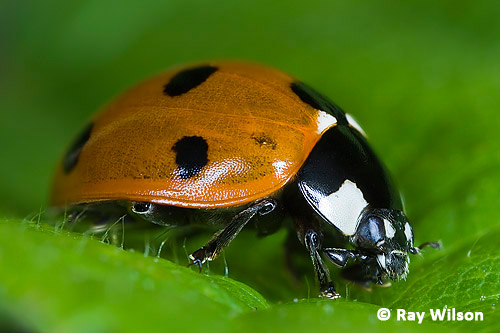
The most common British species is the Seven-spot Ladybird. It is found throughout the UK and in some summers can reach plague proportions, such as in 1976. Unfortunately, when this occurs most of the ladybirds die of starvation when their food runs out and the countryside is littered with the corpses of millions of dead beetles.
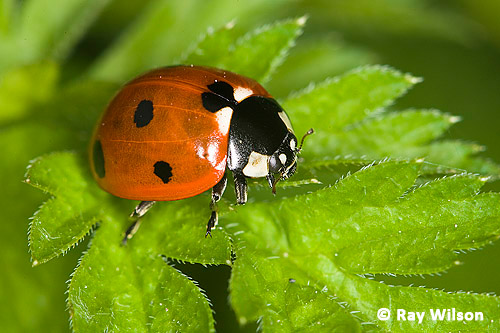
Ladybirds are considered the "gardener's friend" since during an average lifetime the beetles will consume over 5000 aphids.
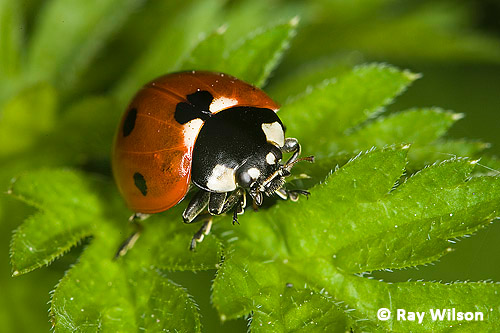
As with all beetles, the larvae are very different in appearance to the adults and few people would associate the insect below with the familiar adult beetle.

Once the larva has finished feasting on aphids and has reached its full size, it pupates and transforms itself into the adult beetle.
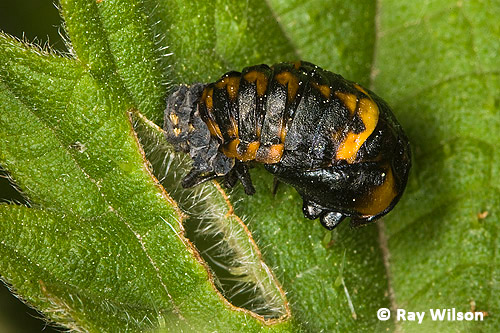
The Harlequin Ladybird is an invasive, non-native species from Asia that was introduced in Italy as a bio-control agent to help keep aphid numbers down. It rapidly spread through Europe and in 2004 reached the UK. In the last 6 years it has colonised most of England and Wales and in 2009 was confirmed as being found breeding in Scotland too.
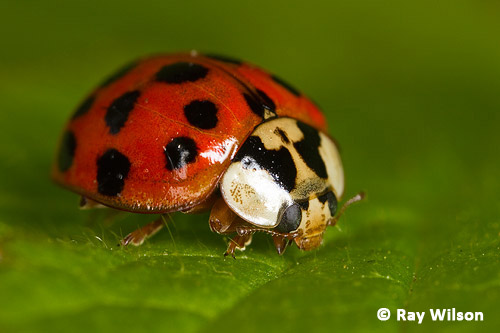
There are a total of 42 species of Ladybirds found in the UK (out of a total of 5000 species worldwide). A selection of some of the less well known species are shown below...
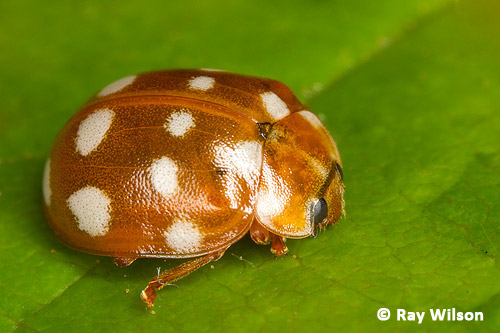
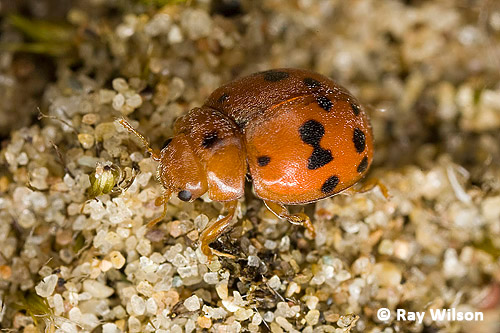
Subcoccinella 24-punctata is a tiny ladybird which is only about 3mm long. You can tell how small it is by comparing it to the grains of sand it is walking across...
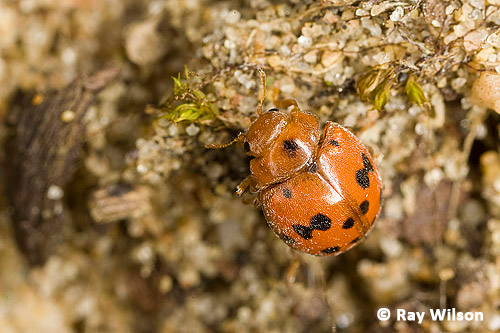
The scientific names of ladybirds are most commonly writen as a numerical abreviation since their full names take a long time to write. The unabbreviated name of the 24-spot Ladybird is Subcoccinella vigintiquattuorpunctata, while the 22-spot ladybird's proper name is Psyllobora vigintiduopuntata.
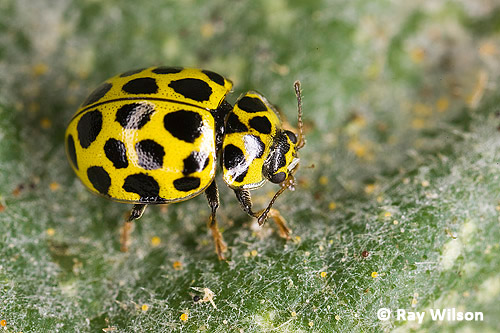
The scientific name of the 22-spot Ladybird has been changed in recent years. In most pre-1990 books you will find it referred to as Thea 22-punctata.
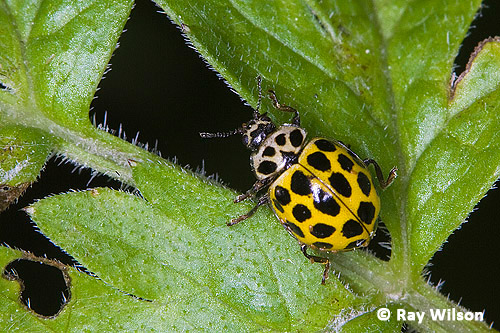
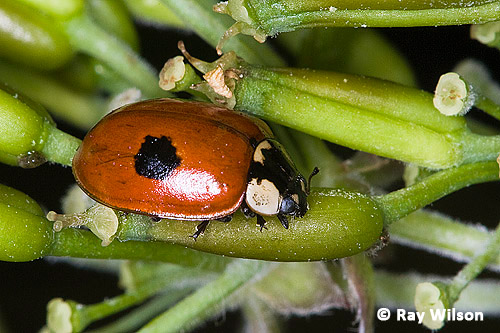
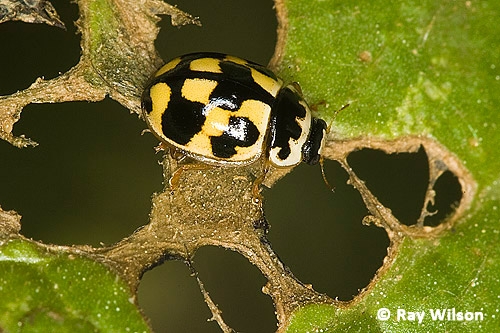
Ray Wilson owns the copyright of all images on this site.
They may not be used or copied in any form without prior written permission.
raywilsonphotography@googlemail.com